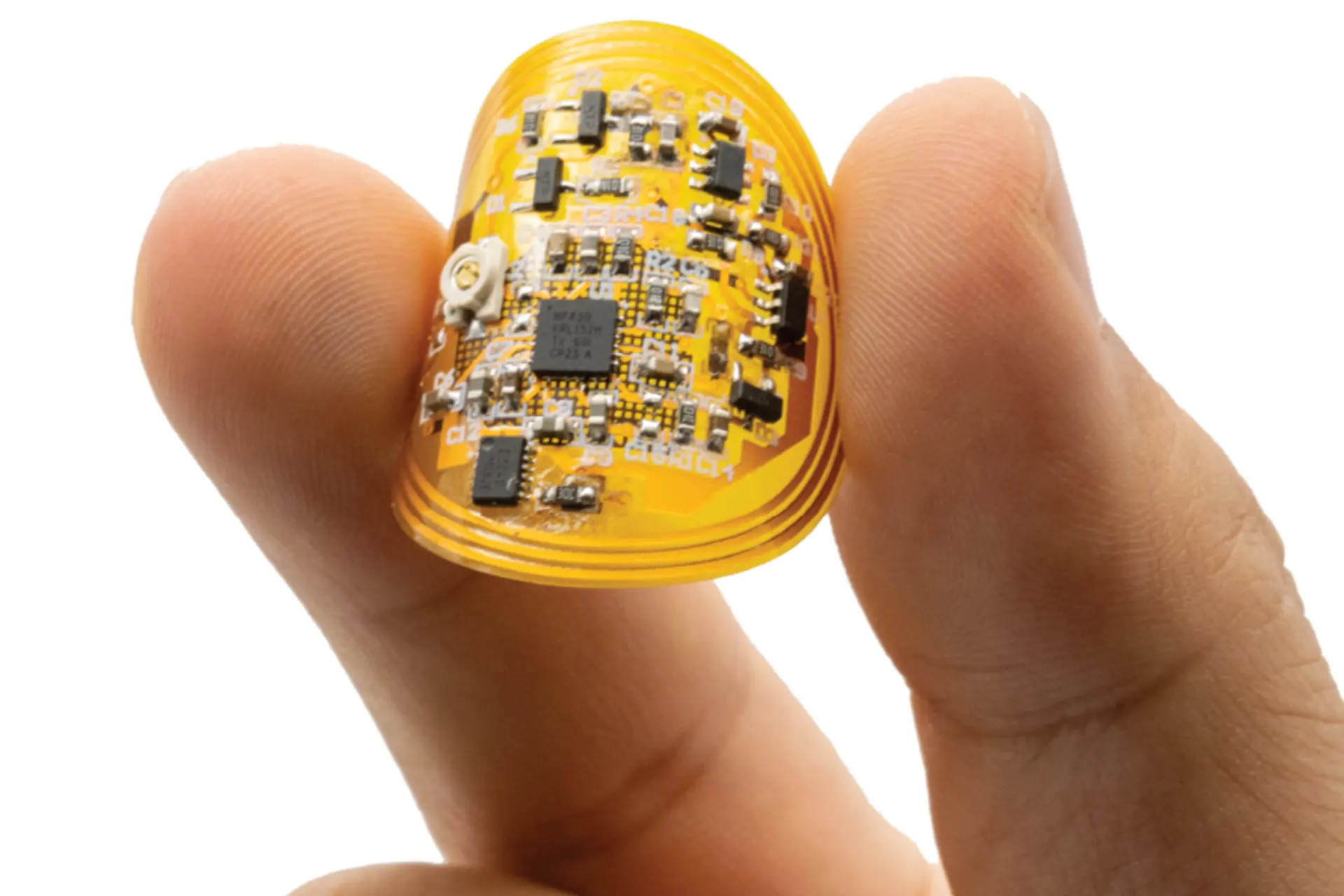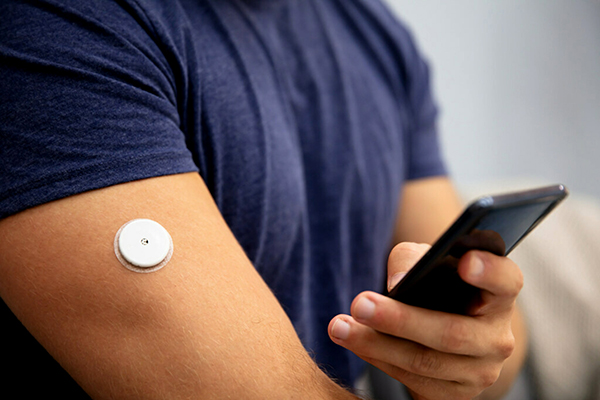Wearable devices have become increasingly integrated into our daily lives, providing insights into our health, fitness, and overall well-being. Artificial Intelligence (AI) is set to revolutionize this field by enhancing the functionality, accuracy, and user experience of these devices. Let’s explore how AI will improve wearable devices across various dimensions, including health monitoring, personalization, energy efficiency, and user interaction.
Enhanced Health Monitoring
One of the most significant benefits AI brings to wearable devices is improved health monitoring. Current wearables can track basic metrics like steps taken, heart rate, and sleep patterns. However, AI can analyze these data points to provide deeper insights and more accurate diagnostics. For instance, AI algorithms can detect anomalies in heart rate patterns that might indicate conditions such as atrial fibrillation or early signs of cardiovascular diseases. These predictive analytics can prompt users to seek medical advice before their conditions worsen.
AI can also enhance the accuracy of health metrics by filtering out noise and accounting for individual variability. For example, AI can distinguish between different types of physical activities and adjust calorie expenditure calculations accordingly. It can also learn from the user’s historical data to provide more personalized health insights, such as identifying specific factors that might affect sleep quality or stress levels.
Personalization and User Experience
AI excels in personalization, which can significantly enhance the user experience of wearable devices. By analyzing the user’s data over time, AI can tailor recommendations to fit the individual’s lifestyle and goals. For instance, an AI-driven wearable can create a customized fitness plan that adapts based on the user’s progress, preferences, and even daily schedule. This level of personalization can increase user engagement and motivation, making it easier for people to achieve their health and fitness goals.
In addition to fitness, AI can personalize other aspects of wearable devices, such as notifications and reminders. By understanding the user’s routines and preferences, AI can suggest optimal times for activities like exercise, medication, or relaxation. It can also prioritize notifications to minimize distractions, only alerting the user to the most critical information based on context.
Energy Efficiency and Battery Life
One of the persistent challenges with wearable devices is battery life. AI can play a crucial role in enhancing energy efficiency, thereby extending the battery life of these devices. AI algorithms can optimize power consumption by dynamically adjusting the device’s operations based on usage patterns. For example, AI can switch off certain sensors when they are not needed or reduce the frequency of data sampling during periods of inactivity.
Additionally, AI can predict battery usage and provide users with intelligent insights on how to manage power consumption. For instance, if a wearable device predicts that the battery will not last until the next recharge opportunity, it can suggest adjustments to the user’s activity or settings to conserve power. This proactive management can significantly improve the overall usability and convenience of wearable devices.
Advanced Sensors and Data Integration
AI enables the integration of advanced sensors and the processing of complex data streams from multiple sources. This capability is crucial for developing more sophisticated wearables that can monitor a wider range of health indicators. For example, AI can process data from electrocardiograms (ECGs), photoplethysmograms (PPGs), and other biosensors to provide comprehensive health assessments. By integrating data from different sensors, AI can offer a more holistic view of the user’s health, identifying correlations and trends that might not be apparent from individual metrics alone.
AI can also facilitate the integration of wearable devices with other health technologies, such as smart home devices and electronic health records (EHRs). This interoperability can create a seamless health ecosystem where data flows freely between devices and platforms, enabling more coordinated and efficient healthcare.
Mental Health and Well-being
AI-powered wearables have the potential to significantly impact mental health and well-being. By analyzing physiological and behavioral data, AI can detect signs of stress, anxiety, or depression. For instance, changes in heart rate variability, sleep patterns, and activity levels can indicate mental health issues. AI can provide users with real-time feedback and interventions, such as breathing exercises, mindfulness prompts, or suggestions for physical activity, which can help manage stress and improve mental well-being.
AI can additionally offer long-term insights into mental health trends, helping users understand how various factors affect their mood and stress levels. This information can be invaluable for both individuals and healthcare providers in developing personalized mental health strategies and treatments.
Real-time Decision Making
Wearable devices equipped with AI can make real-time decisions based on continuous data analysis. This capability is particularly valuable in scenarios where immediate action is required. For example, in the case of a diabetic patient, an AI-powered wearable can monitor glucose levels and administer insulin automatically through an integrated pump. Similarly, for individuals with epilepsy, an AI wearable can detect early signs of a seizure and alert caregivers or provide preemptive measures to ensure safety.
Real-time decision-making extends beyond health to areas such as safety and convenience. For instance, AI can enhance the functionality of wearable devices used in sports or hazardous work environments by providing immediate feedback and alerts to prevent injuries.
Future Innovations
The future of AI in wearable devices holds even more promise. As AI technologies continue to advance, we can expect wearables to become more intelligent and autonomous. Future wearables might feature advanced natural language processing capabilities, allowing for more intuitive voice interactions. They could also leverage machine learning to predict and adapt to the user’s needs even more accurately, creating an increasingly seamless and integrated experience.
In the realm of healthcare, AI-driven wearables could play a pivotal role in telemedicine, providing continuous remote monitoring and diagnostics, which can be especially beneficial in managing chronic diseases and supporting aging populations. Additionally, AI could enable the development of new wearable form factors, such as smart clothing or implantable devices, further expanding the possibilities for health monitoring and intervention.
AI is set to transform wearable devices, enhancing their capabilities and making them indispensable tools for health and wellness. From advanced health monitoring and personalized recommendations to improved energy efficiency and real-time decision-making, AI can significantly elevate the functionality and user experience of wearables. As AI technologies continue to evolve, we can anticipate even more innovative and impactful applications, making wearables more intelligent, responsive, and integral to our daily lives. This integration of AI into wearable technology promises not only to improve individual health outcomes but also to contribute to broader public health and well-being.
Get a Custom Adhesive Solution Created for Your Business
At The Tape Lab, we’re not just creating wearable device adhesives; we’re crafting partnerships to bring your custom innovations to life. We design, manufacture, and transform adhesives into personalized solutions.
Already have an idea of what you need? Want to pick the brain of an expert? Contact The Tape Lab and let’s combine your vision with our knowledge and industry-leading capabilities to create a custom adhesive solution.
Get a Quick Quote
Or call us to discuss your options: +1 949-930-3112




